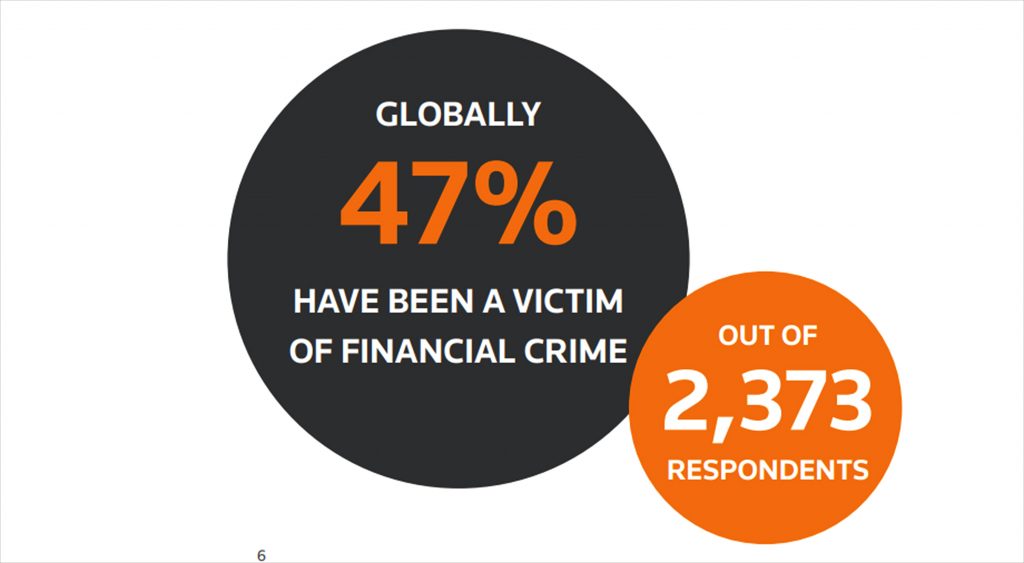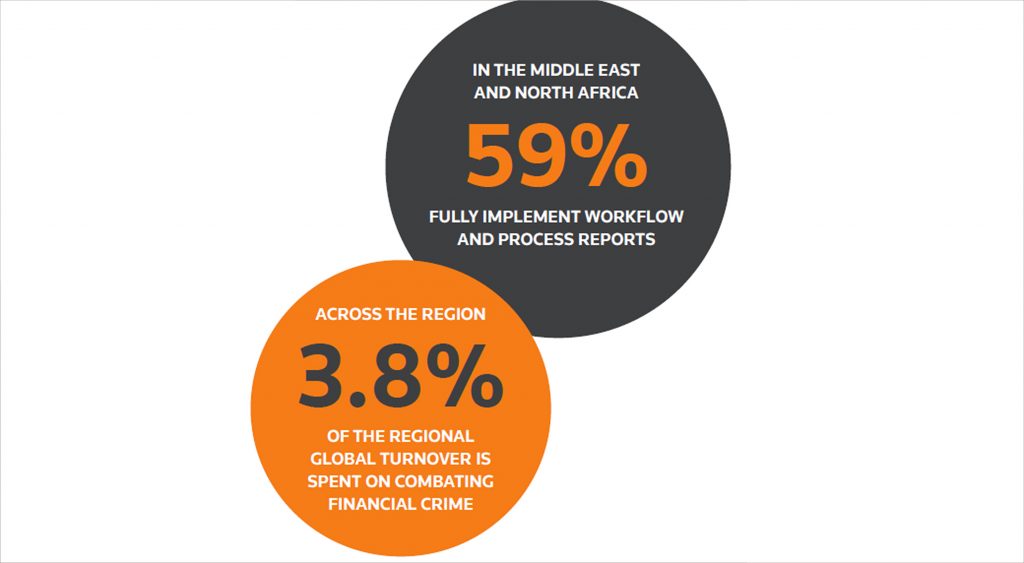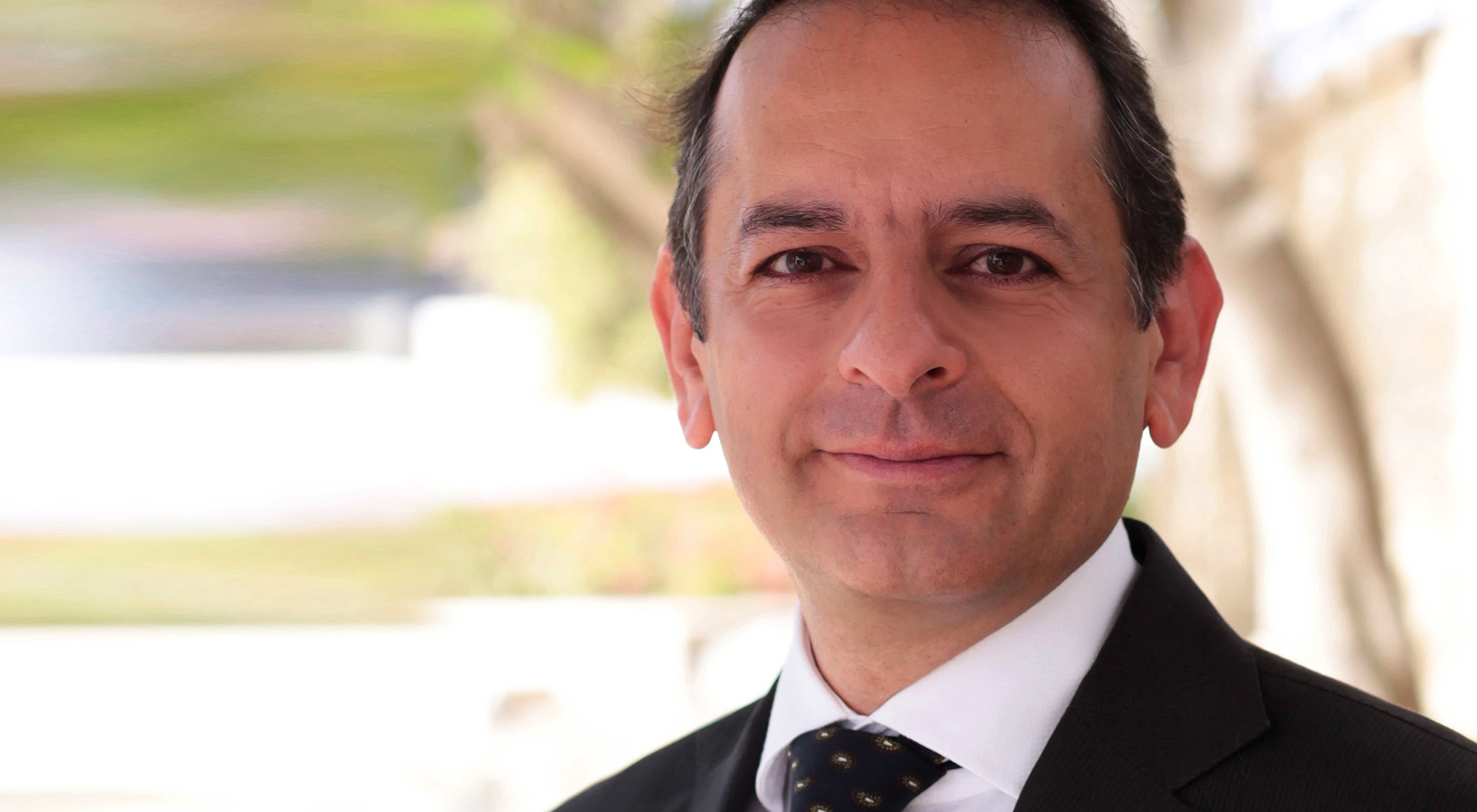Thomson Reuters, released a global survey on the Cost of Financial Crime featuring new findings in the Middle East and North Africa region. The survey revealed that globally, 47% had been a victim of at least one form of financial crime within their global operations during the 12 months preceding the survey. The figure was slightly lower in MENA, at 45%.
Extensive third-party networks are evident in MENA, but just 42% of these relationships are fully screened at both onboarding stage and on an ongoing basis. Whilst this percentage is higher than the global average, it is still very low and indicates that more work needs to be done in this important area.
“The survey uncovered some shortcomings, with respondents globally indicating that just 57% fully screen and classify risk; 52% fully conduct due diligence; and 52% fully monitor and refresh. Within the region, some notable gaps were also evident. In MENA, only 59% fully implement workflow and process reports and just 60% fully conduct due diligence. Even though companies across the region are spending an average of 3.8% of their global turnover to fight financial crime, gaps in compliance remain,” said Nadim Najjar, Managing Director, Middle East and North Africa, Thomson Reuters.
Regional findings
- In MENA, 45% have been victim of at least one form of financial crime within global operations during the 12 months preceding the survey.
- Research has revealed challenges relating to third party risk data, including unreliable risk data sources, insufficient availability of risk data and poorly connected data sources.
- Only 59% fully implement workflow and process reports and just 60% fully conduct due diligence
- Companies across the region are spending an average of 3.8% of their global turnover to fight financial crime, and gaps in compliance remain.
- 57% believe the consequence of bribery and corruption will be less government revenue. Highest proportion of respondents selected this answer in MENA.
- 90% of respondents agreed with the statement: we struggle to educate and influence colleagues on bribery and corruption in some regions.
- For comparison, Latin America and Caribbean companies, have an average of 12,985 relationships, the highest reported across all regions surveyed.


Ongoing monitoring to identify potential risk is also of critical importance, but the survey once again revealed that, after initial screening, an average of just 59% of relationships are monitored and reviewed on at least an annual basis. In keeping with the trend, this figure rose to 64% in the Middle East and North Africa. While these higher percentages are encouraging, it nonetheless means that just 42% of relationships in the region are fully screened at both onboarding stage and on an ongoing basis.
There is a further hidden cost – the opportunity cost that results when organizations avoid doing business with high risk customers because they feel unable to identify actual risk. In the Middle East and North Africa this percentage was even higher at 77% and reflects that companies are aware that any connection, even unwitting, to any form of financial crime could potentially result in regulatory fines, reputational damage and even prosecution.
Within the region 57% believe that the consequence of this bribery and corruption will be less government revenue. MENA was the only region where the highest proportion of respondents selected this answer. More than 90% of respondents agreed with the statement: we struggle to educate and influence colleagues on bribery and corruption in some regions.
When it comes to rooting out financial crime, reliable and complete data is a critical requirement needed to develop a 360-degree view of risk. Additional Thomson Reuters research has revealed a plethora of challenges that organizations encounter, specifically relating to third party risk data. These include unreliable risk data sources, insufficient availability of risk data and poorly connected data sources.
The global average was reported as 7,693, but rose to 9,007 in the Middle East and North Africa. Whilst this figure is substantially higher than the global figure, it remains some way off the numbers reported across Latin America and the Caribbean, where companies have an average of 12,985 relationships, the highest reported across all regions surveyed.
Survey respondents highlighted the rate of pressure on their companies to achieve these expectations during the 12 months post-survey and globally 83% reported that pressure to increase turnover will be either extreme or significant. Respondents in the Middle East and North Africa were in agreement, with a significant proportion of 89% also citing the same issue.
The consequences of compliance failure are significant, and compliance teams are aware of their responsibilities, but nonetheless often struggle to fully screen and monitor such vast numbers, as borne out by survey responses.
Globally, an average of just 59% of these relationships are screened with regard to the issues of bribery and corruption; money laundering; fraud; theft; cybercrime; and human trafficking. In the Middle East and North Africa, this figure rises to 65%.
Ongoing monitoring to identify potential risk is also of critical importance, but the survey once again revealed that, after initial screening, an average of just 59% of relationships are monitored and reviewed on at least an annual basis. In keeping with the trend, this figure rose to 64% in the Middle East and North Africa. While these higher percentages are encouraging, it nonetheless means that just 42% of relationships in the region are fully screened at both onboarding stage and on an ongoing basis.
There is a further hidden cost – the opportunity cost that results when organizations avoid doing business with high risk customers because they feel unable to identify actual risk. In the Middle East and North Africa this percentage was even higher at 77% and reflects that companies are aware that any connection, even unwitting, to any form of financial crime could potentially result in regulatory fines, reputational damage and even prosecution.
This report is based on research commissioned by Thomson Reuters that was conducted online by an independent third party in March 2018. A total of 2,373 senior managers at large global organizations completed the survey, from across 19 countries, to identify the true cost of the problem.
Interviews were also conducted with leading NGOs to reveal the wider economic, social and human costs of financial crime. Weighting was applied to each country to ensure each was equally represented. The standard convention for rounding has been applied and consequently some totals do not add up to 100%.
The usual focus of financial crime is on the illicit money flows from crimes such as money laundering, bribery and corruption that support human abuses including modern slavery, drug trafficking and prostitution. For the purpose of this report we have taken a wide definition covering all financial crimes, which goes beyond those with which Thomson Reuters is traditionally involved, to provide as complete a picture as possible on the social and financial impact. It includes fraud, money laundering, theft, bribery & corruption, cyber-crime and slavery, human trafficking.
“Across the MENA region, 96% believe that bribery and corruption is an important issue to tackle and 97% are supportive of sharing compliance best practice by companies. In fact, the majority of respondents across the region support the idea of collaboration in the ongoing fight against all forms of financial crime,” said Najjar.
https://youtu.be/3yQslqEY6cg










Discussion about this post